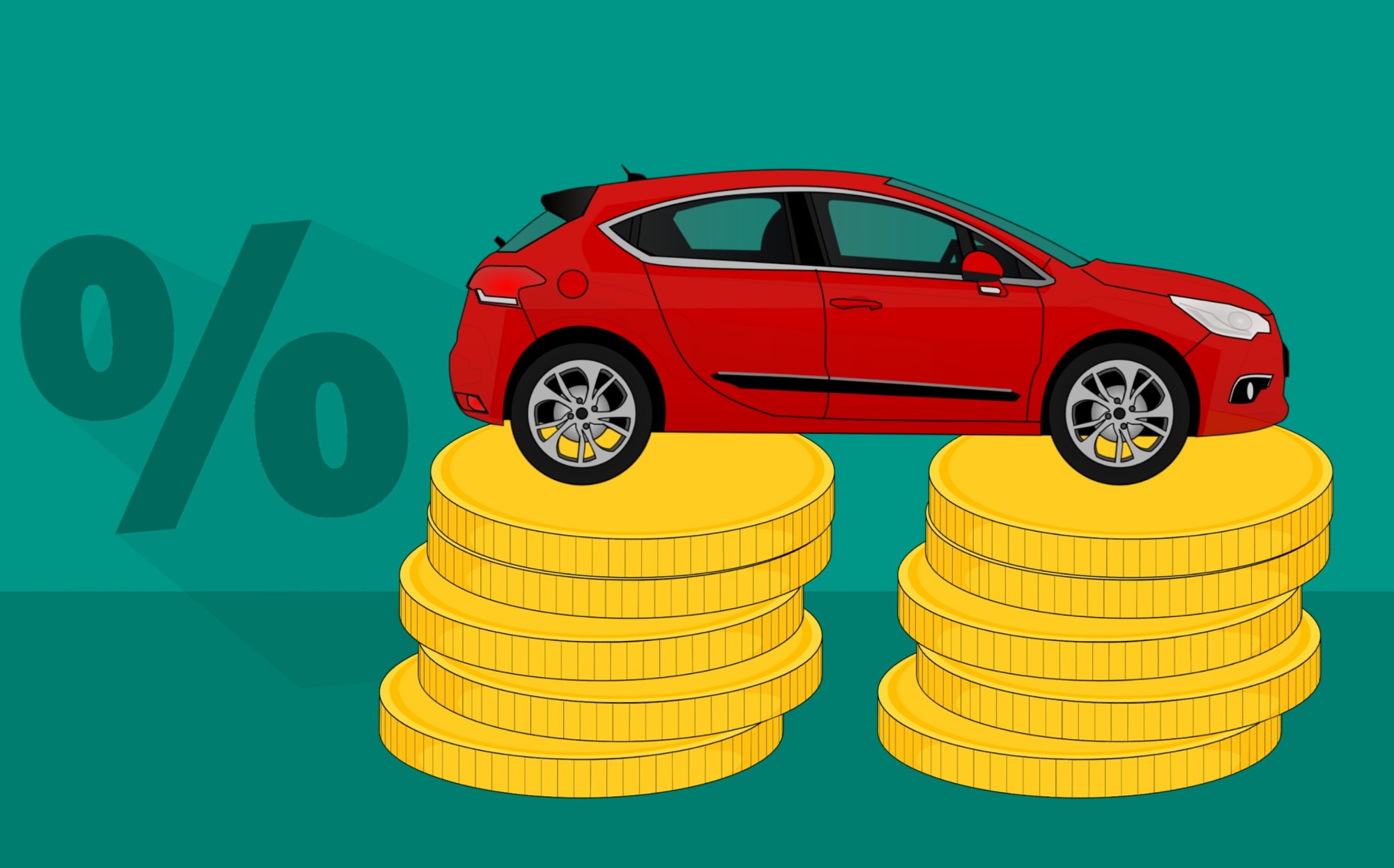You might be surprised to learn that when you purchase a new car and drive it off the lot, it’s suddenly worth much less money than it was shortly before leaving the car lot. In fact, most new cars quickly depreciate in value up to 20% to 30% in value in the first year of ownership.
Often this means you’re what’s commonly called upside down on the vehicle. This happens when you owe more than the vehicle is actually worth. Eventually, making payments will allow you to get back right. Have you heard of something called gap insurance?
You might wonder what happens if you are in an accident during that time? Will your insurance cover what you owe or what the car’s worth? You probably won’t like the answer if you don’t have gap insurance coverage.
Read on to learn more about gap insurance and why it might be smart coverage to consider adding to your car’s insurance.
What Is Gap Insurance?
Gap insurance, which stands for Guaranteed Asset Protection/Guaranteed Auto Protection, can be defined in a few different ways.
Not every driver needs gap insurance, but instead, this is a type of policy that can be added on top of your existing coverage. In one form, gap insurance is used for what’s referred to as the 4 Ls, leased, loaned, luxury, or long-distance vehicle. If you were to get in an accident in one of those options, you likely want the additional gap coverage.
The gap refers to the difference between what a vehicle is worth (commonly called the actual cash value) and what is owed. If you owe more than what it’s worth, you have negative equity or a gap.
Do You Need Gap Insurance?
You might be wondering if you need gap insurance for your vehicle.
First, let’s consider if you own your car or are in the process of buying it by making payments. First, find the actual value of the vehicle. The scar’s condition, age, and mileage will all be factors in the actual worth. Then consider what you owe. If you owe less than it’s worth, then you’re one of the often few lucky auto owners who might not need to consider gap insurance.
What, though, if you owe more than it’s currently worth? What will you do if you’re in a car accident and insurance will only pay for its worth?
When Should You Get Gap Insurance?
If you’re wondering how you’d handle those scenarios, you might want to consider gap insurance. Let’s look at some instances when you should have gap insurance coverage.
First, often when you lease a car, you’ll be required to have gap insurance. Since you don’t technically own the car but are borrowing (leasing it) from the owner, they want the car protected against potential negative equity and will require the gap insurance coverage.
Perhaps you were cash strapped when you bought your car and did little or no down payment. Since you haven’t bought into the equity which would compensate for the depreciation, you might consider a gap loan. It’s smart to put a 20% cash down payment on a vehicle to cover the depreciation. If you don’t do that amount, you should consider getting gap coverage.
If you’re leasing and doing a longer-term lease, there will be more issues with the depreciation over time. Even if it’s not required, you might be smart to add gap coverage.
Another time to consider the gap coverage is if you drive a lot of miles, well beyond the average. Why? Remember, once consideration for your car’s value is the number of miles. If your car has high mileage it lowers what it’s worth. This could create negative equity where you might need gap insurance.
If you drive a car that has a high value, like a luxury vehicle, you might also consider gap insurance coverage. While they are fun to own and drive, luxury cars tend to depreciate more quickly than standard vehicles.
Finally, sometimes this isn’t avoidable and you buy a car and roll your negative equity from your previous vehicle into your new loan. Since you’re already carrying negative equity into the loan, you’re starting potentially upside down and will need the coverage.
What’s Covered and How Does Gap Coverage Work?
Gap coverage will kick in and cover your losses a few different ways. What will gap insurance cover?
If you’re in an accident and your car is totaled. Your auto insurance will evaluate the value of the car. If you owe more than the regular insurance will cover, then your gap coverage kicks in and covers the balance.
if you’re in an accident and the car isn’t totaled, then your gap coverage won’t work. Your regular auto insurance will need to cover the repairs after you cover your deductible.
If your car is stolen and you have negative equity, the gap insurance would cover the loss.
Gap insurance will not cover a broken-down engine in your car. They also don’t cover any personal injuries related to an accident. You would need your regular insurance for that type of liability coverage. Gap insurance covers just the actual car itself.
Gap Insurance, Why You Should Consider Adding It to Your Coverage
Gap insurance can be a huge savior from big financial loss in the event of an accident. If you owe more than your car is worth and don’t have gap insurance, it can create a huge financial hardship. It can also make buying a car in the future more challenging.
If you’ve been in an accident and need help sorting out your insurance coverage and compensation, we can help. Contact us today so we can discuss your case and needs.

